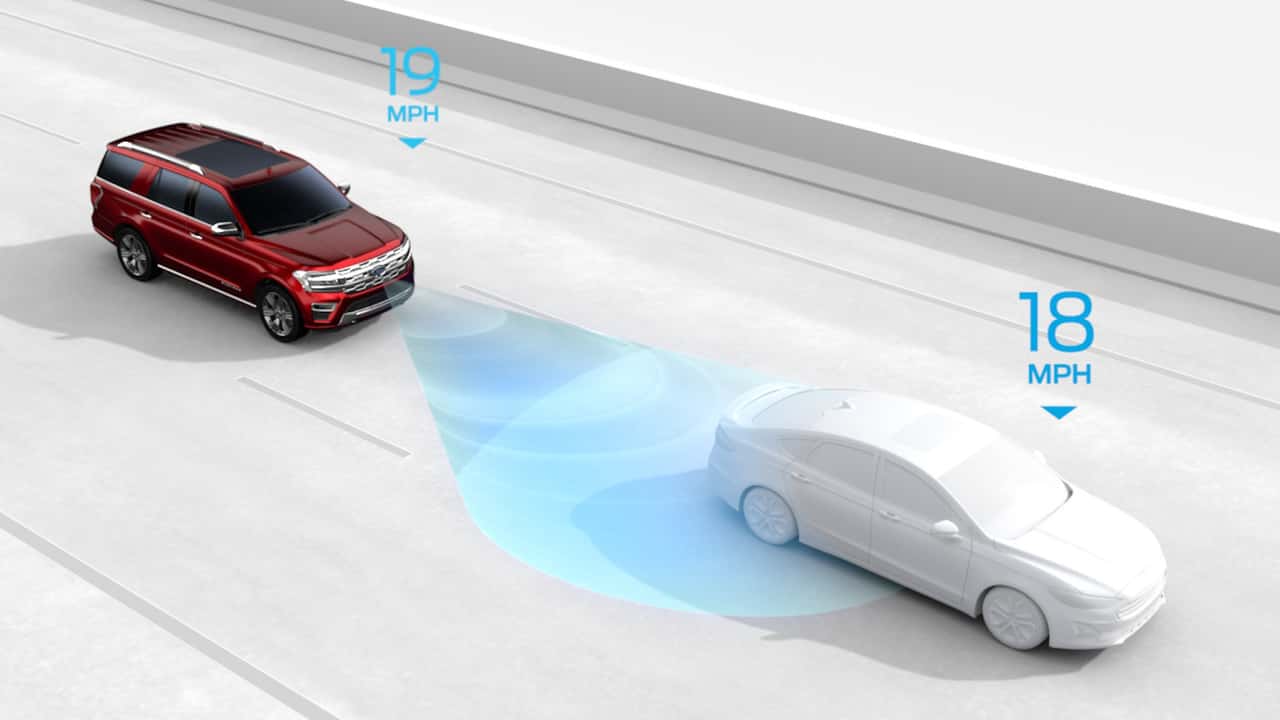
Modern vehicles have more on-board assistance systems than ever. In theory, they not only reduce stress but also add another level of safety. In the real world, that’s largely how these systems work. However, a recent study suggests cruise control could cause more harm than good.
Researchers from the Netherlands compiled data from around the world on the effectiveness of automated driver-assist systems (ADAS) in reducing crashes. The study focused on 28 specific vehicle functions, from simple informative features like real-time tire pressure monitoring to camera systems, navigation suites, blind-spot alerts, and active safety tech such as automatic emergency braking. The systems were ultimately categorized into four levels of interaction:
- Informing systems – low levels of control and urgency
- Warning systems – low control and high urgency
- Intervening systems – high control and high urgency
- Comfort-Enhancing systems – high control and low urgency
In real-world situations, the study concluded that everything in the first three categories either has no effect, or reduces the possibility of crashes. A tire-pressure display (Informing system) doesn’t make any difference but lane-keep assist showed a 19.1-percent reduction in crashes. A driver-monitoring system reduced crash rates by 14 percent. These are considered Warning and Intervening systems, and they ranked highest in the study.
Standard and adaptive cruise control were the only systems that increased the possibility of a crash. Considered Comfort-Enhancing systems, standard cruise was associated with a 12-percent increase, while adaptive cruise increased the chance by 1.8 percent. One particular data point showed an increase of 8 percent for adaptive cruise, though other reports showed it can reduce the risk slightly.
As you can probably guess, driver distraction is listed as the reason for both scores, though it’s especially true for standard cruise control. By relieving the driver of some duties behind the wheel, cruise control can make them less aware of their surroundings.
Adaptive cruise, where the car can automatically accelerate and brake to maintain a safe following distance, can also lead to a wandering mind instead of attentive driving. However, the study notes that not all adaptive cruise systems are capable of properly detecting slow or stationary objects. In theory, automatic emergency braking should step in for those situations. But not all vehicles with adaptive cruise have emergency braking. The driver could be lulled into a false sense of confidence, relying on the system to stop when it’s incapable of doing so.
The full report is available here. Ultimately, regardless of the assist systems on board, it’s the driver’s responsibility to keep things safe behind the wheel.

